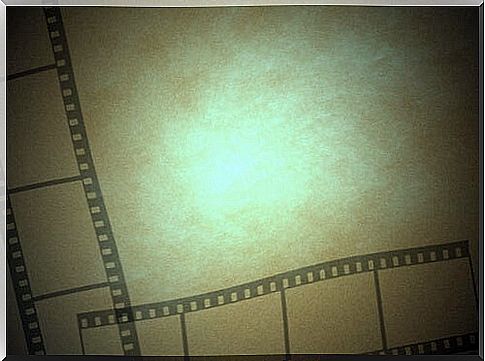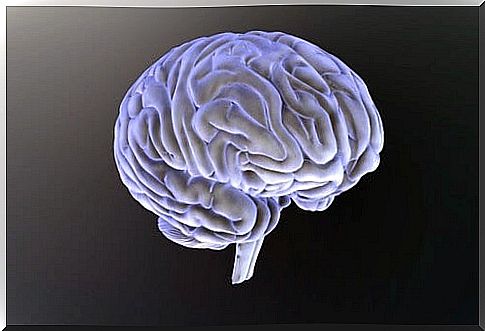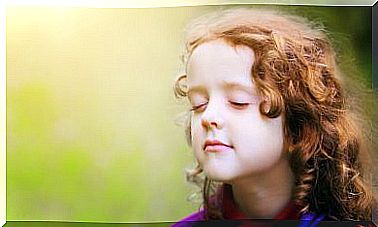Acinetopsia Or Motion Blindness

Imagine that, on any given day, we get up in the morning, open the refrigerator, take the milk to make a coffee and pour it into the cup. When we have the amount of milk we want, we stop pouring. So far everything normal. Now we change the situation. We start pouring milk, but nothing falls. We keep pouring more, but we still don’t see the milk pouring … until all of a sudden the cup is overflowing and there is milk everywhere. How is it possible? What has happened? Welcome to acinetopsia.
Acinetopsia is the inability to perceive moving objects. It is a visual agnosia. As described by Arnedo, Bembibre and Triviño (2012), a visual agnosia is “an alteration in the visual recognition of objects (or of specific characteristics of the stimulus such as color or movement), with preservation of other visual abilities, such as acuity , the tracking or the differentiation between figure-ground, and of the other superior functions ” .
People with acinetopsia see the world in frames. For this reason, they have great difficulty carrying out activities as simple as crossing a street. When seeing the world in frames, they are not able to see a car in motion. They see it here, and then there; This means that, in the best of cases, they can intuit the transition (speed). Therefore, lacking perception of movement and not knowing where a car is at any given moment, they can easily be run over.
In the example of the cup, the trick is to insert a finger into the rim and thus feel by touch when the cup is full. However, in other tasks it is not so easy. Driving, for example, is an activity forbidden to people with acinetopsia. Also mention that if we know someone with this type of agnosia, it is advisable not to throw anything at him to catch him on the fly: it is most likely that it hits his face or body. Better to hand it over.

Types of acinetopsia
Fine or discreet
It is the most common type of acinetopsia. The movement is perceived as an exposure of continuous photographs (with a lot of refreshment, so that the person could reconstruct the movement with enough precision). In the example of the cup, instead of going from seeing it empty to full, they would see how it becomes full through static images. Therefore, this type of acinetopsia is not so disabling, but it is annoying.
Macroscopic
It is the type of acinetopsia with the least incidence, but the most severe. Blindness to movement is total. Patients affected by this pathology go from seeing the image of a car in the distance to seeing it close to them. They lose the information of the movement between one image and another. Therefore, they are unable to predict the movement of an object external to them. They may even witness “strange apparitions.”
Let’s imagine that a person with macroscopic acinetopsia is in your living room, and someone discreetly walks into it. It is very possible that the subject with this pathology suddenly meets someone in front of him. Because of this their lives are very limited.
Where is the problem?
Visual information circulates forward (feedforward), that is, from the retina to the thalamus and from here to the occipital cortex. As it moves away from the receiver, this information becomes more computationally complex. Now, this information is also processed backwards (feedback).
This backward process, as Javier Cudeiro (2008), from the University of A Coruña points out, “is established through the back connections through which a given area can influence (or modulate) the activity of previous areas of the visual system. “ .
Cudeiro affirms that it is a finding of great importance and for this he points out the medial temporal cortex as an example . This area seems to be key to the perception of movement and its direction. Thus, lesions of the medial temporal cortex or electrical microstimulation have made it possible to verify the appearance of serious deficits such as acinetopsia.
Álvarez and Masjuan (2015) state that “acinetopsia occurs after bilaterial occipitoparietal lesions (there are cases of unilateral lesions described), generally of ischemic or traumatic cause “ .

Final notes
Without a doubt, we are talking about an agnosia in the middle of the investigation phase: we still have a lot of data to know. Even so, each advance is highly relevant due to the valuable contribution it can make to improve the quality of life of patients. Some patients whose life is altered in their day to day.
Álvarez and Masjuan point out that “these patients have the sensation that objects jump instead of having a continuous and fluid movement, appearing and disappearing in different positions” . What should it be like to be in the skin of someone with this agnosia for a day?
These authors also point out that the fact of perceiving their surroundings in this way causes them great difficulty to know if an object is moving away or approaching. How to know then if a car is near or far? How to move through a world in constant motion?









